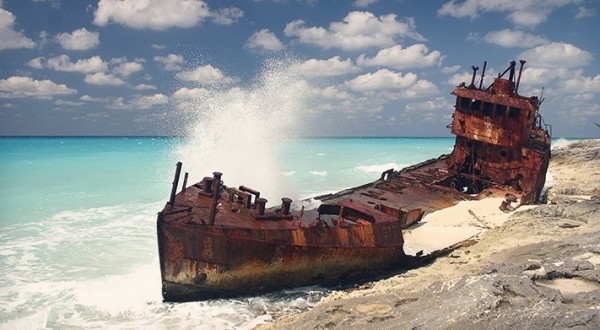Whilst the Danish Shipowners’ Association continues to argue that the European List of approved recycling facilities should be used as an incentive to raise the bar globally, others call on additional legislation and raise priority for EU facilities.
The European Commission recently published its first edition of the EU list of approved ship recycling facilities, which at this stage only features yards situated in Europe. The list, which includes 18 European recycling yards, was very much at the centre of discussions in London for the ACI’s fourth Ship Recycling Congress, where a number of issues were raised.
The EU list differentiates between actual and theoretical recycling capacity of each yard, making an assumption of the EU’s own recycling capacity extremely difficult. This is worrying for Danish shipowners as the EU ship recycling regulation may enter into force once it reaches a specific threshold. Basing the calculations on theoretical capacity may risk eschewing this exercise.
“At this stage, it is extremely difficult for shipowners to react to the draft list as it does not feature any third country recycling yards. Moreover, the theoretical capacity is very different from the actual capacity, which means that the current list covers anything between 12 pct. and 40 pct. of the recycling capacity that the Commission set itself as a target,” said Simon C. Bergulf, Director EU Affairs for the Danish Shipowners’ Association, during his presentation.
Patrizia Heidegger from the NGO Shipbreaking Platform underlined that the list was no silver bullet, but marked an important milestone in ship recycling. She also stressed that if Indian yards were to be added to the list, this decision should be on the basis of demonstrated quality.
The Danish Shipowners’ Association fully supports this perspective and further called on the European Commission to ensure that all audits of third country yards are done in an inclusive and transparent way, according to Simon C. Bergulf.
“It is clear that the EU list could be a great catalyst of change if it takes an open approach to third country yards. The changes happening in India over the past year have been tremendous, but this remains a process and only local engagement will secure further improvements.”
This view was largely echoed by the many representatives from Indian recycling yards present in the room. Several presented current and future local investments, for example Mr. Chetan Patel of the Shree Ram Group underlined that he will acquire a heavy lift crane enabling his facility to lift both bow and stern directly onto impermeable floors.A turning point may well have been reached in Alang, but shipowners and recycling facilities need to stay the course jointly.
The EU Ship Recycling Regulation enters into force at the latest on 31 December 2018 or as soon as the EU list of approved recycling facilities reaches the threshold of 2,5 million LDT. The draft list of approved recycling facilities was published end-December 2016 and only features European yards at this stage. It distinguishes between theoretical recycling capacity (in total over 1, 1 million LDT) and actual capacity (300,000 LDT).
According to the Danish Shipowners’ Association, ten Danish operated vessels are in average being recycled every year. A small part is recycled in Denmark, and the rest is recycled mainly at shipyards in India, China and Turkey. Over 70 pct of all ship recycling takes place in South Asia.
Source: Danish Shipowners’ Association































































